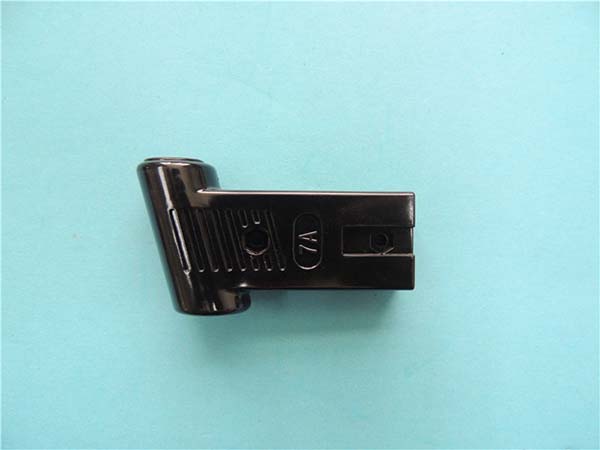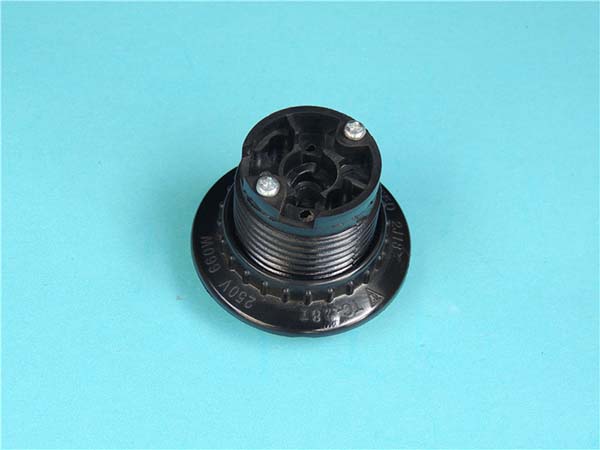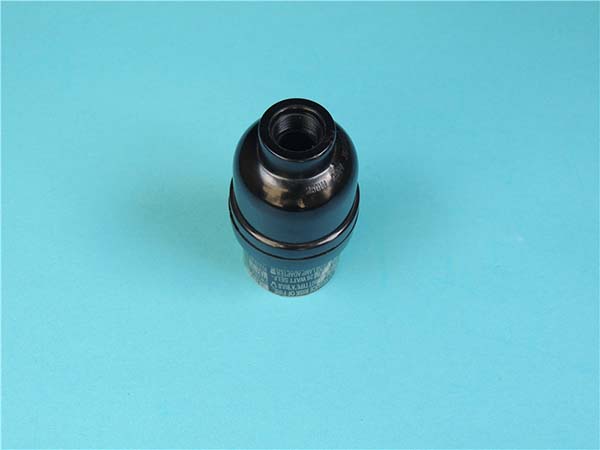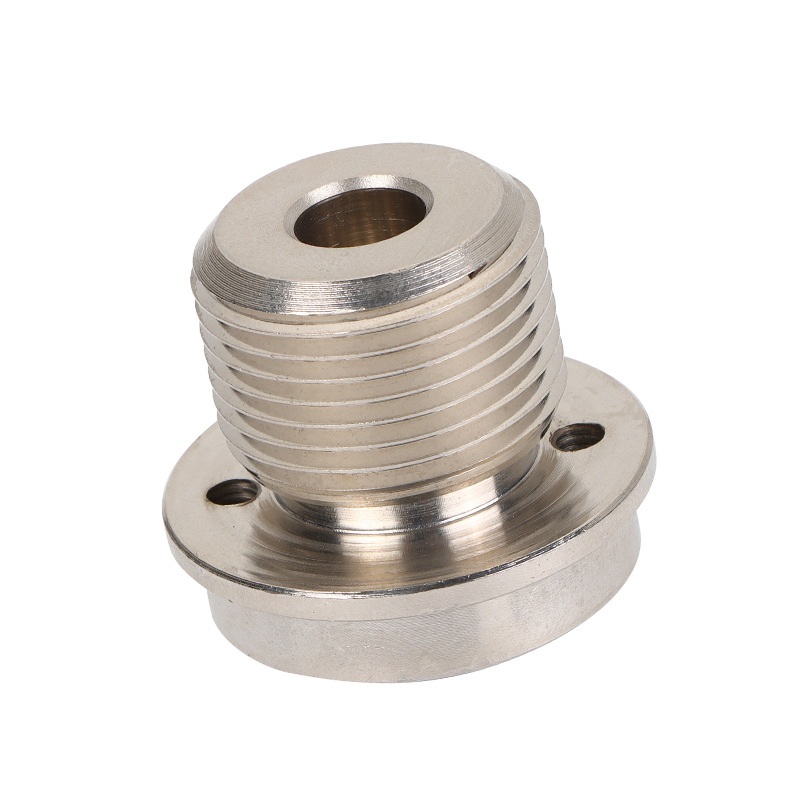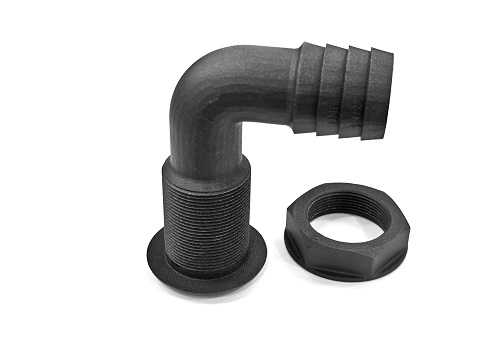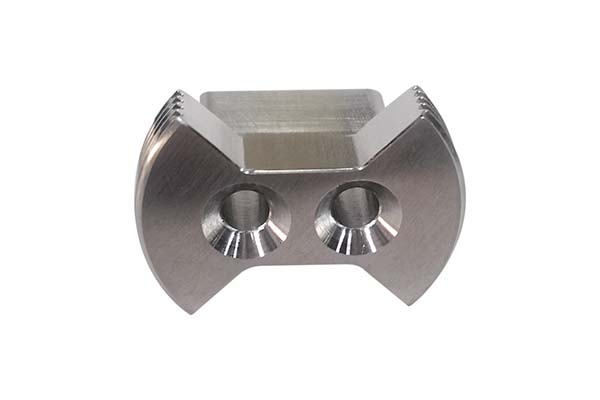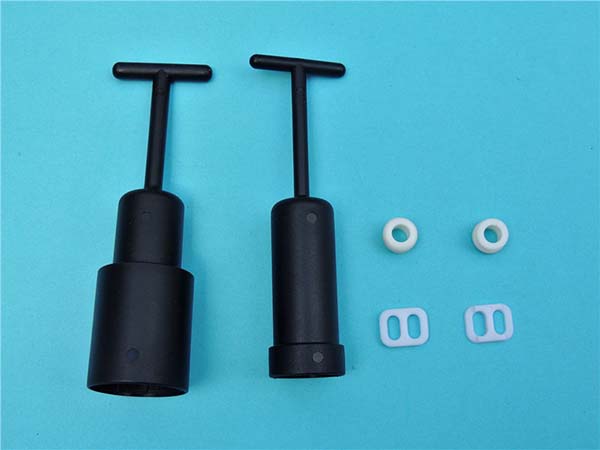What is 3D Printing?
3D printing, also known as additive manufacturing, is a revolutionary technology that creates three - dimensional solid objects from a digital file. It has transformed the manufacturing landscape, making it possible to produce highly customized items with relative ease.
The process starts with a 3D model, which can be created using computer - aided design (CAD) software, 3D scanning, or even by modifying existing digital models. Once the 3D model is ready, it is sliced into numerous thin layers by special software. These layers are like the slices of a loaf of bread; each slice represents a cross - section of the final object.
A 3D printer then reads these sliced files and starts building the object layer by layer. Different 3D printers use various methods to deposit materials. For example, in fused deposition modeling (FDM), the most common type of desktop 3D printing, a heated nozzle extrudes a thin filament of melted plastic (such as PLA or ABS) onto a build platform. As the nozzle moves in the X and Y directions according to the instructions from the sliced file, the plastic hardens, creating the first layer. Then, the build platform moves down slightly in the Z - axis, and the process repeats for each subsequent layer. This continues until the entire 3D object is complete.
Another technology, stereolithography (SLA), uses a vat of liquid resin and a UV laser. The laser traces the shape of each layer onto the surface of the resin, curing it and turning it into a solid. Each cured layer adheres to the previous one, gradually building up the 3D object. Selective laser sintering (SLS) works with powdered materials. A high - power laser selectively sinters (fuses) the powder particles together layer by layer to form the object.
How Does 3D Printing Work for Small Objects?
There are several techniques used for 3D printing small objects, each with its own unique advantages and applications.
Fused Deposition Modeling (FDM)
FDM is one of the most popular 3D - printing methods, especially for desktop 3D printers. In FDM, a spool of plastic filament, such as PLA (polylactic acid) or ABS (acrylonitrile butadiene styrene), is fed into a heated extruder nozzle. The nozzle heats the plastic filament until it melts, and then extrudes the molten plastic in a precise pattern onto a build platform. As the plastic cools, it solidifies, layer by layer, to form the 3D object.
This method is great for creating small objects like keychains, small figurines, and basic prototypes. For example, a DIY enthusiast can use an FDM 3D printer to create custom - designed keychains with their initials or favorite symbols. The cost of FDM printers is relatively low, making it accessible to hobbyists and small - scale producers. However, the surface finish of FDM - printed objects may be slightly rough due to the visible layer lines, and the layer thickness typically ranges from 0.1mm - 0.4mm, which limits the level of fine detail compared to some other methods.
Stereolithography (SLA)
SLA is a technology that uses a vat of liquid photopolymer resin and a UV (ultraviolet) laser. The 3D model is sliced into thin layers, and the UV laser traces the shape of each layer onto the surface of the liquid resin. When the UV light hits the resin, it causes a chemical reaction that cures (hardens) the resin, turning it into a solid. The build platform then lowers slightly, and a new layer of liquid resin is spread over the previously cured layer. This process repeats until the entire 3D object is completed.
SLA is well - suited for creating highly detailed small objects. For instance, in the jewelry industry, SLA can be used to print intricate wax - like patterns for casting precious metals. The precision of SLA is much higher than FDM, with layer thicknesses as low as 0.05mm - 0.1mm. This results in a smoother surface finish and the ability to capture fine details such as small text or delicate curves. However, SLA printers and resin materials can be more expensive than FDM counterparts, and the resin may require proper ventilation during use due to potential fumes.
Selective Laser Sintering (SLS)
SLS uses a high - power laser to sinter (fuse) powdered materials together. These materials can include plastics, metals, ceramics, or a combination of them. The process begins with a thin layer of powder being spread evenly across the build platform. The laser then selectively heats the powder particles in the areas defined by the cross - section of the 3D model for that layer. As the powder particles heat up, they bond together to form a solid layer. Once a layer is complete, a new layer of powder is spread, and the process repeats.
SLS is often used in industrial and medical applications for creating small, complex - structured objects. For example, in the medical field, SLS can be used to create customized implants with porous structures that promote bone ingrowth. One of the significant advantages of SLS is that it doesn't require support structures during the printing process because the unsintered powder supports the printed parts. It can also handle a wide range of materials, allowing for the production of objects with different mechanical properties. However, SLS equipment is expensive, and post - processing, such as removing excess powder, may be required.
Yigu Technology's View
As a non - standard plastic metal products custom Supplier, Yigu Technology highly values the role of 3D printing in small object customization. The technology's ability to meet personalized needs is a game - changer. For instance, when clients have unique designs for small plastic or metal components, 3D printing allows for the production of items that are tailored precisely to their specifications, something traditional manufacturing methods struggle to achieve cost - effectively for small - scale production.
Moreover, 3D printing significantly shortens the production cycle. In the past, creating a small custom - made metal part might involve multiple steps such as mold making, which could take weeks. With 3D printing, the digital model can be directly printed into a physical object in a matter of hours or days, depending on the complexity.
However, Yigu Technology also acknowledges the challenges. The selection of materials for 3D printing, especially for non - standard plastic and metal products, is still somewhat limited. Finding the right material with the desired mechanical properties, such as strength and heat resistance, can be difficult. Additionally, ensuring high - precision printing for small objects is crucial but challenging. Slight errors in the printing process can lead to defective products. Yigu Technology is constantly investing in research and development to overcome these challenges, aiming to provide even better 3D - printed small object solutions for its clients.
FAQ
What materials can be used for 3D printing small objects?
Common materials for 3D printing small objects include PLA (Polylactic Acid). It's a popular choice, especially for beginners and home use. Derived from renewable resources like corn starch, PLA has a low melting point, which means it can be printed at relatively low temperatures without a heated bed in most cases. It's odor - free during printing, making it suitable for use in home environments. PLA is great for small, decorative items such as small figurines, keychains, and small jewelry components. However, it has relatively low heat resistance and mechanical strength compared to some other materials.
ABS (Acrylonitrile Butadiene Styrene) is another common option. It's a strong and durable thermoplastic, often used for making small parts that require higher strength, like small tool handles or parts for small mechanical devices. ABS has a higher melting point than PLA and needs a heated bed during printing to prevent warping. But it releases a pungent smell during the printing process, so proper ventilation is required.
Metal powders such as stainless steel, titanium, and aluminum can also be used for 3D printing small objects, mainly through techniques like selective laser sintering (SLS). Metal - printed small objects are often used in industrial, medical, and aerospace applications. For example, small metal implants in the medical field or tiny, high - strength components in aerospace devices. However, metal 3D printing is usually more expensive and requires more specialized equipment and post - processing.
How accurate is 3D printing for small objects?
The accuracy of 3D printing for small objects depends on several factors, mainly the type of 3D printer and its parameters.
For FDM (Fused Deposition Modeling) printers, which are popular among hobbyists and for home use, the layer thickness typically ranges from 0.1 - 0.4 mm. This means that the smallest feature size that can be accurately printed is limited by this layer thickness. The dimensional accuracy can be around ±0.1 - 0.2 mm for well - calibrated printers. For example, if you are printing a small cube with an FDM printer, the actual size of the cube may deviate from the designed size by up to 0.2 mm in each dimension.
SLA (Stereolithography) printers are generally more accurate. Their layer thickness can be as low as 0.05 - 0.1 mm, allowing for much finer details. The dimensional accuracy of SLA printers can be around ±0.05 - 0.1 mm. This makes SLA printers ideal for printing small, highly detailed objects like jewelry models or small mechanical parts with intricate geometries.
SLS (Selective Laser Sintering) printers also offer high accuracy for small objects. The powder particle size used in SLS can be very fine, contributing to good precision. The accuracy can be similar to SLA printers, with dimensional accuracies in the range of ±0.05 - 0.1 mm, depending on the material and printer settings.
Can I 3D print small objects at home?
Yes, you can 3D print small objects at home. There are many affordable desktop 3D printers available in the market. For example, FDM - based desktop 3D printers are quite popular for home use. They are relatively easy to operate and can handle a variety of materials like PLA, ABS, and PETG.
These printers are suitable for creating a wide range of small objects. You can print small household items such as custom - designed keychains, phone stands, small organizers, and even small replacement parts for household appliances. Some hobbyists also use home 3D printers to create small art pieces or small models for tabletop games.
Most desktop 3D printers come with user - friendly software that allows you to import 3D models from online repositories or your own designs created with CAD software. With a little practice, you can start producing your own small 3D - printed objects right in your home.
